Montana Tech ecological restoration professor partners with leading Australian academics and professionals
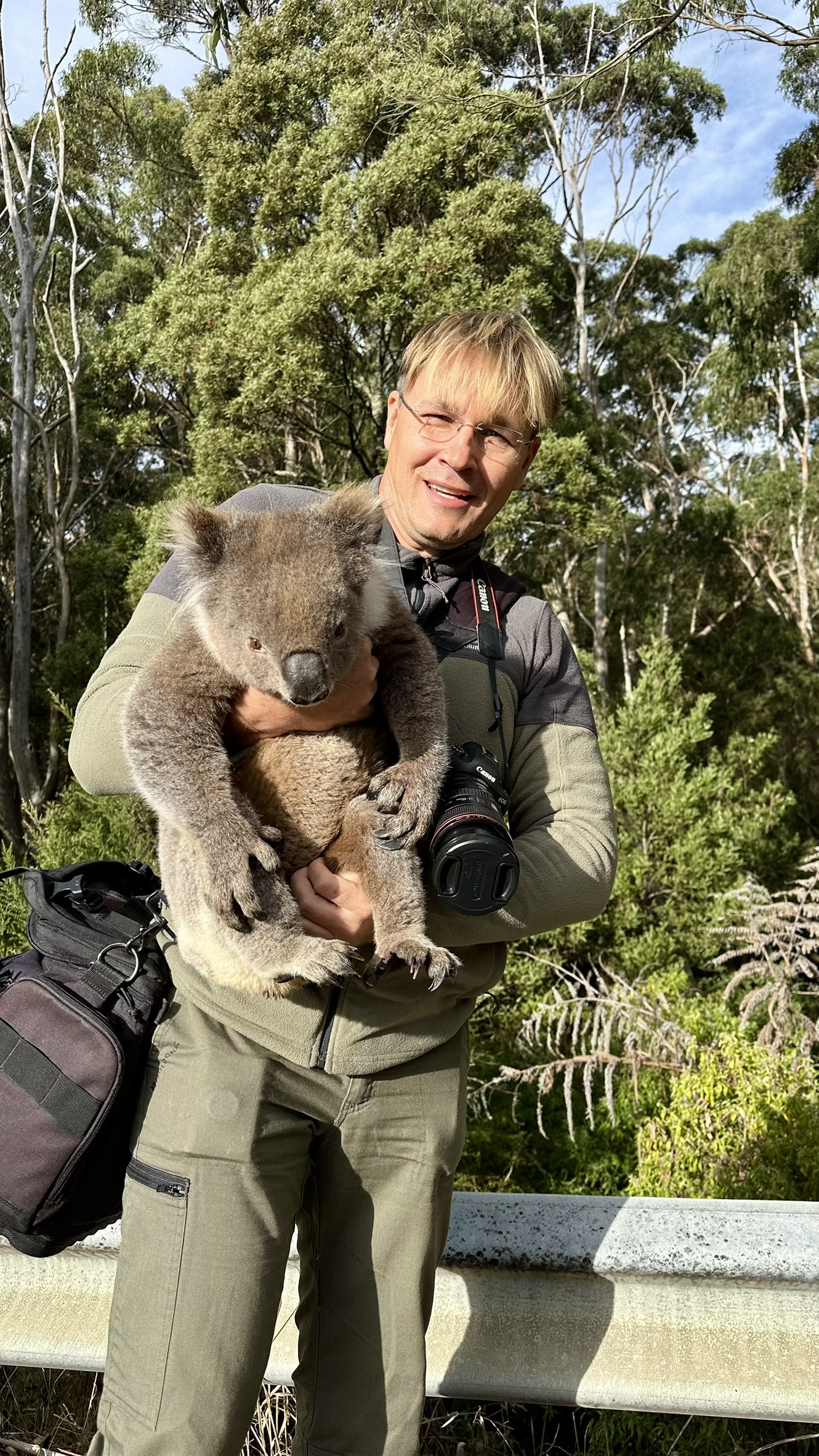
Dr. Robert Pal photographed with a koala, rescued from becoming roadkill (Agnes Mester photo)
In the field of ecological restoration, the work done by the Australian scientists, the government and collaborating industrial partners sets a standard of excellence that leads the world.
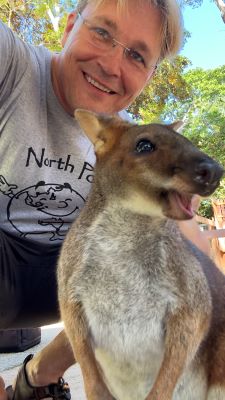
The Red-legged Pademelon is a ground-dwelling wallaby native to the Wet Tropics rainforests along Australia's east (Dr. Robert Pal photo)
"In the U.S., restoration efforts often focus on reintroducing a select dozen species," said Dr. Robert Pal, professor of ecological restoration at Montana Technological University. "In contrast, Australia takes a far more comprehensive approach, aiming to restore entire ecosystems, sometimes reintroducing up to 2,000 species at certain mine sites."
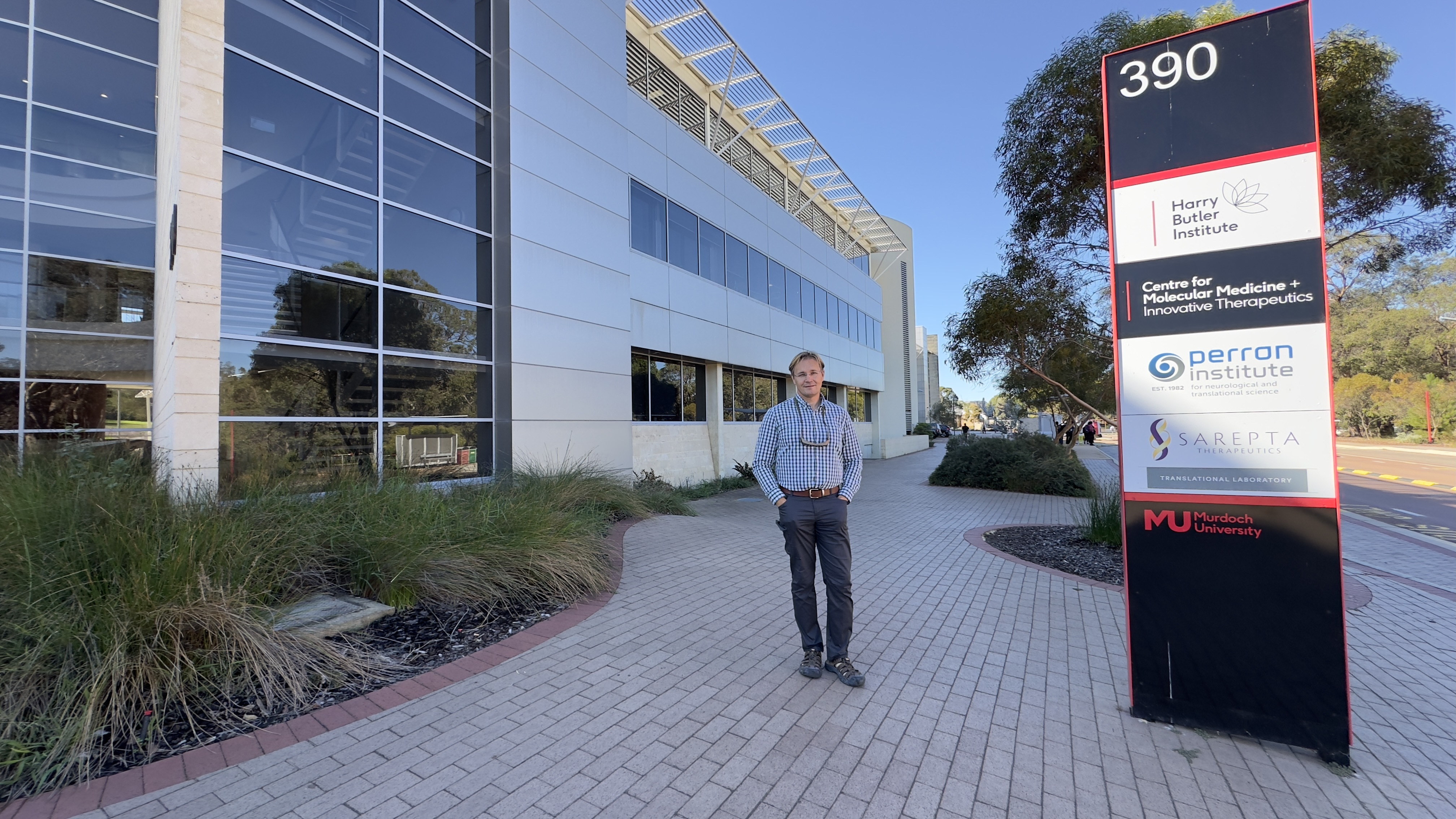
Dr. Robert Pal standing in front of the Harry Butler Institute. (Agnes Mester photo)
In late summer of 2024 Pal wrapped up a sabbatical year abroad where he traveled to seven countries on four continents, conducting research and scientific collaboration with international scientists. The last leg of that journey abroad was in Australia and New Zealand. Pal left for the Pacific in March, and his first stop was a two-week visit to New Zealand, where he collaborated briefly with faculty at Lincoln University before heading to his main destination: Perth, Australia.
While down under, Pal was able to visit every state and collaborate on a number of projects. He was a visiting professor at the Harry Butler Institute of Murdoch University in Perth from April until July. While there has started a book project with Dr. Ladislav Mucina, a world-renowned professor of vegetation science and restoration ecology, who currently serves as the Iluka Chair in Vegetation Science & Biogeography at Murdoch University in Perth, a top-ranked global college.
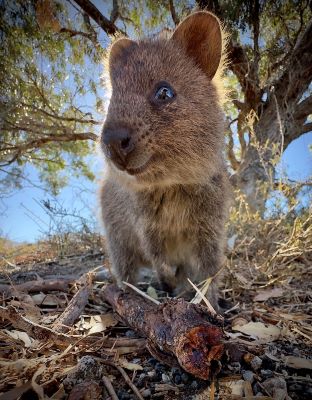
A quokka. (Dr. Robert Pal photo)
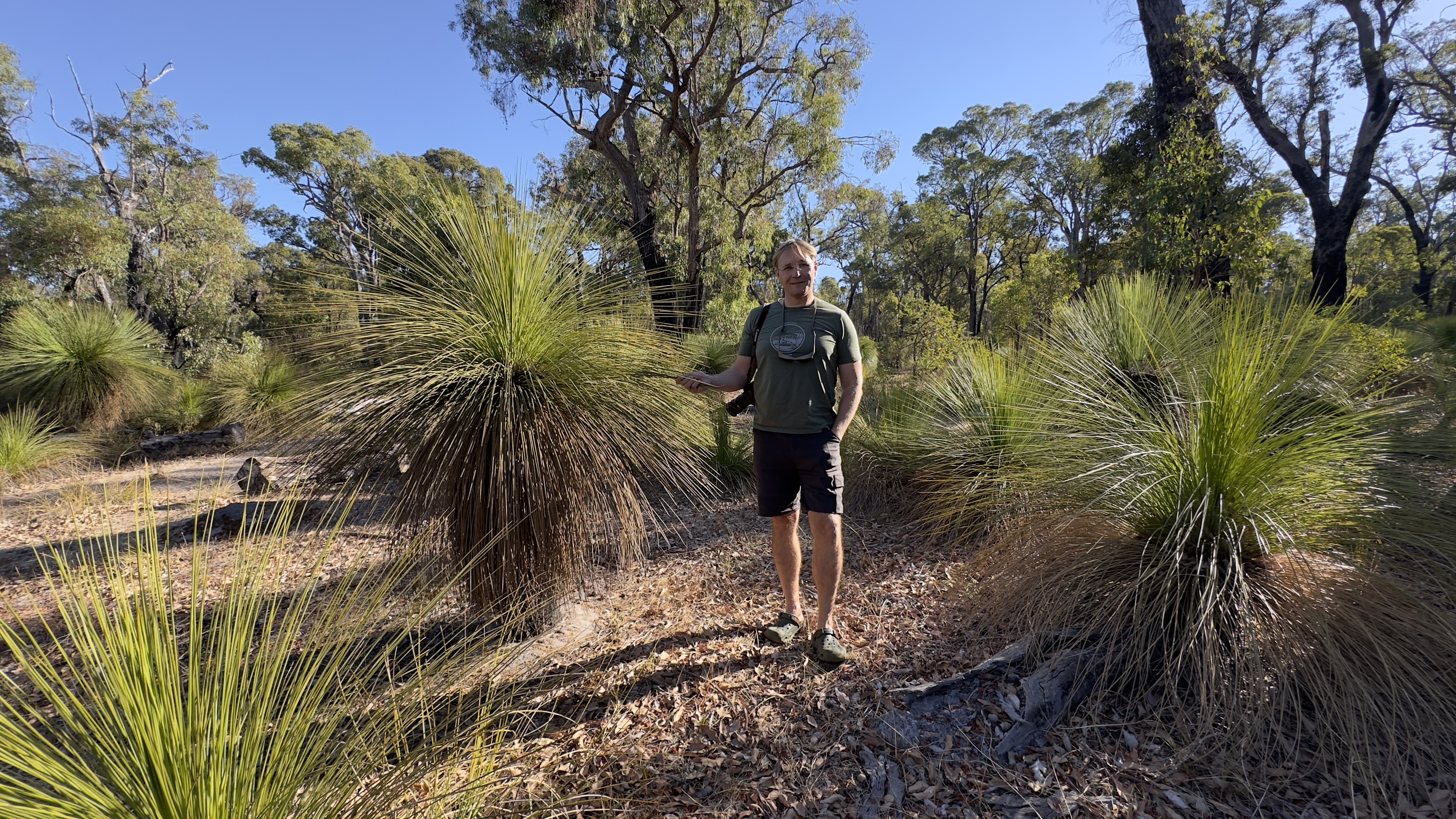
Dr. Robert Pal standing among grass trees. (Agnes Mester photo)
Pal got first-hand experience in bauxite mine restoration of the Jarrah Forest, which contain giant Eucalypt trees up to 100-feet tall. Companies mining the sites are so committed to ecological restoration that they take the top layer of soil from a site, store it and replace it once mining is complete. Retaining most of the seed bank, the microorganisms and other beneficial components of the soil gives restoration areas a substantial boost.
"They want to get as close to 100% restoration as possible," Pal said. "They have really marvelous results. For someone with an untrained eye, you cannot tell the difference between a restored section of the forest and an untouched control site."
The restored areas of the forest are bustling with life.
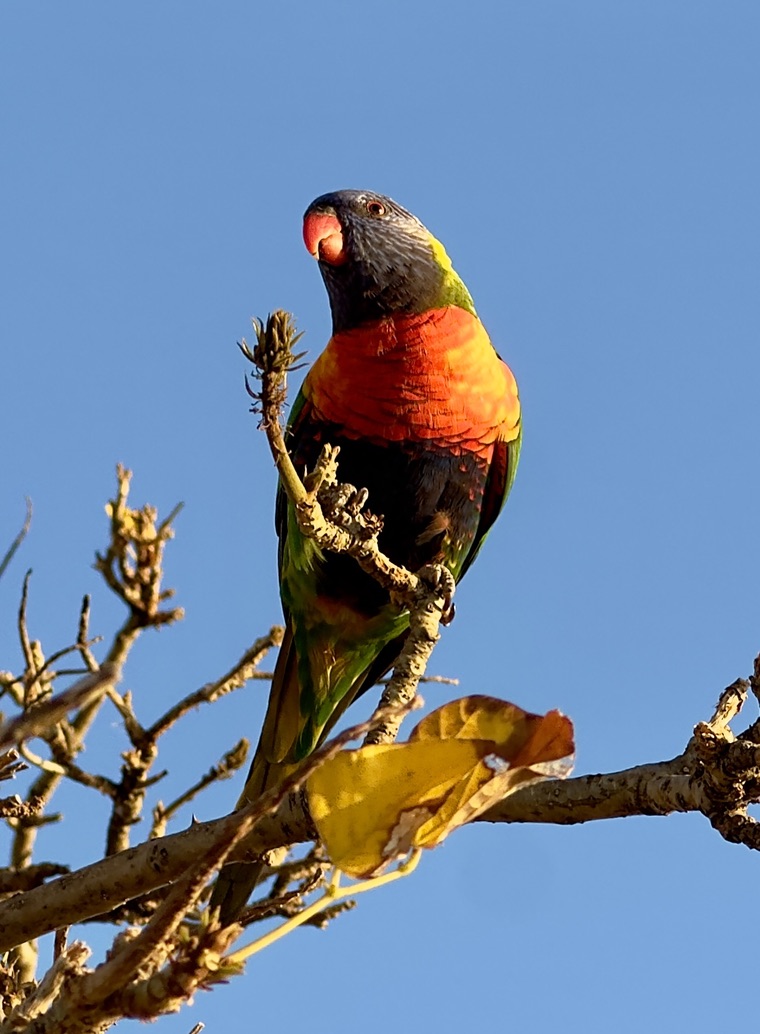
A rainbow lorikeet. (Dr. Robert Pal photo)
"The birds are sometimes annoyingly loud," Pal said.
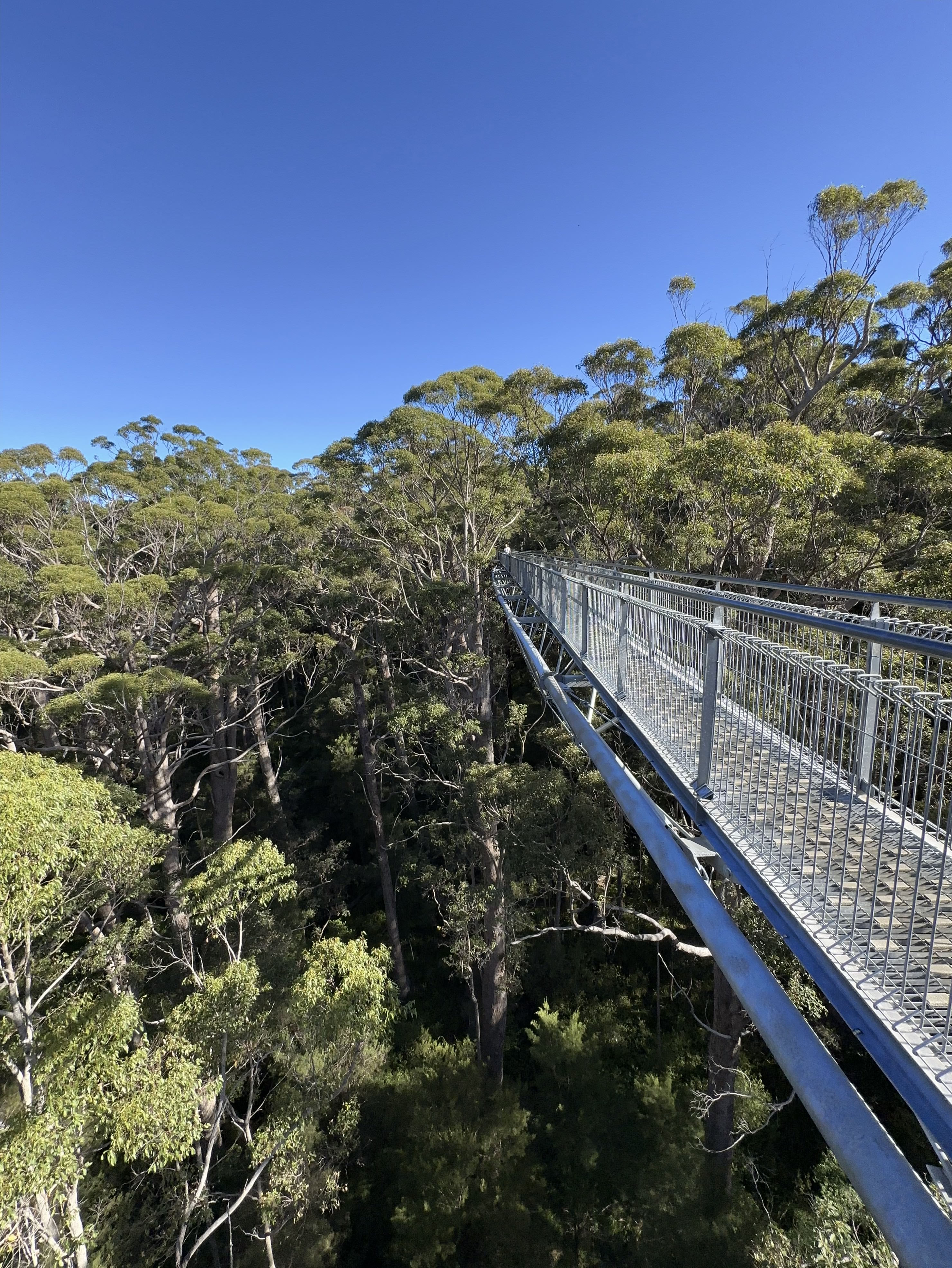
A canopy walk. (Dr. Robert Pal photo)
There are also canopy walks where people can walk through bridges in the high parts of the forest, and learn about the importance of the ecosystem.
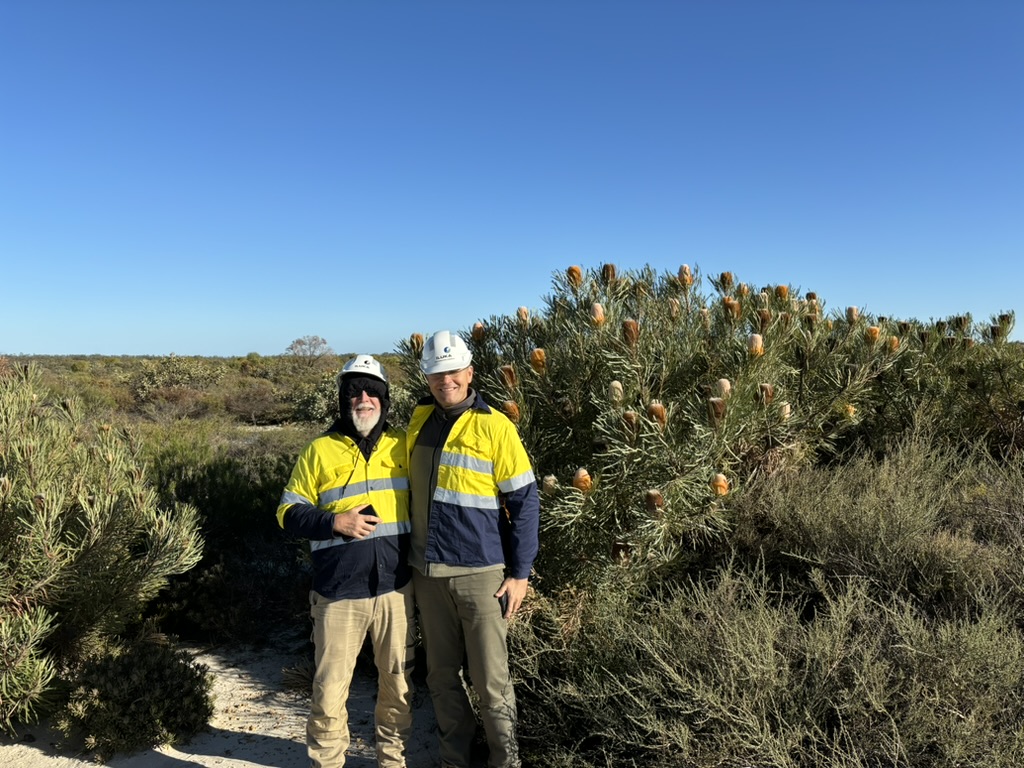
Dr. Pal and his collaborator, Dr. Ladislav Mucina, standing in front of a Banksia shrub at the Eneabba mineral sand mine restoration site (Dr. Mark Dobrowolski Photo)
Pal also immersed himself in mineral sand mine restoration, which is located in one of earths most biodiverse areas the Kwongan. This scrubby vegetation type has 8000+ native plant species, including a number of carnivorous plants that have adapted to nutrient poor soils with hardly any phosphorus. Phosphorus is a necessary element for plant life, unless they adapt to get nutrients another way, like catching prey. Restoration efforts also include these special plants.
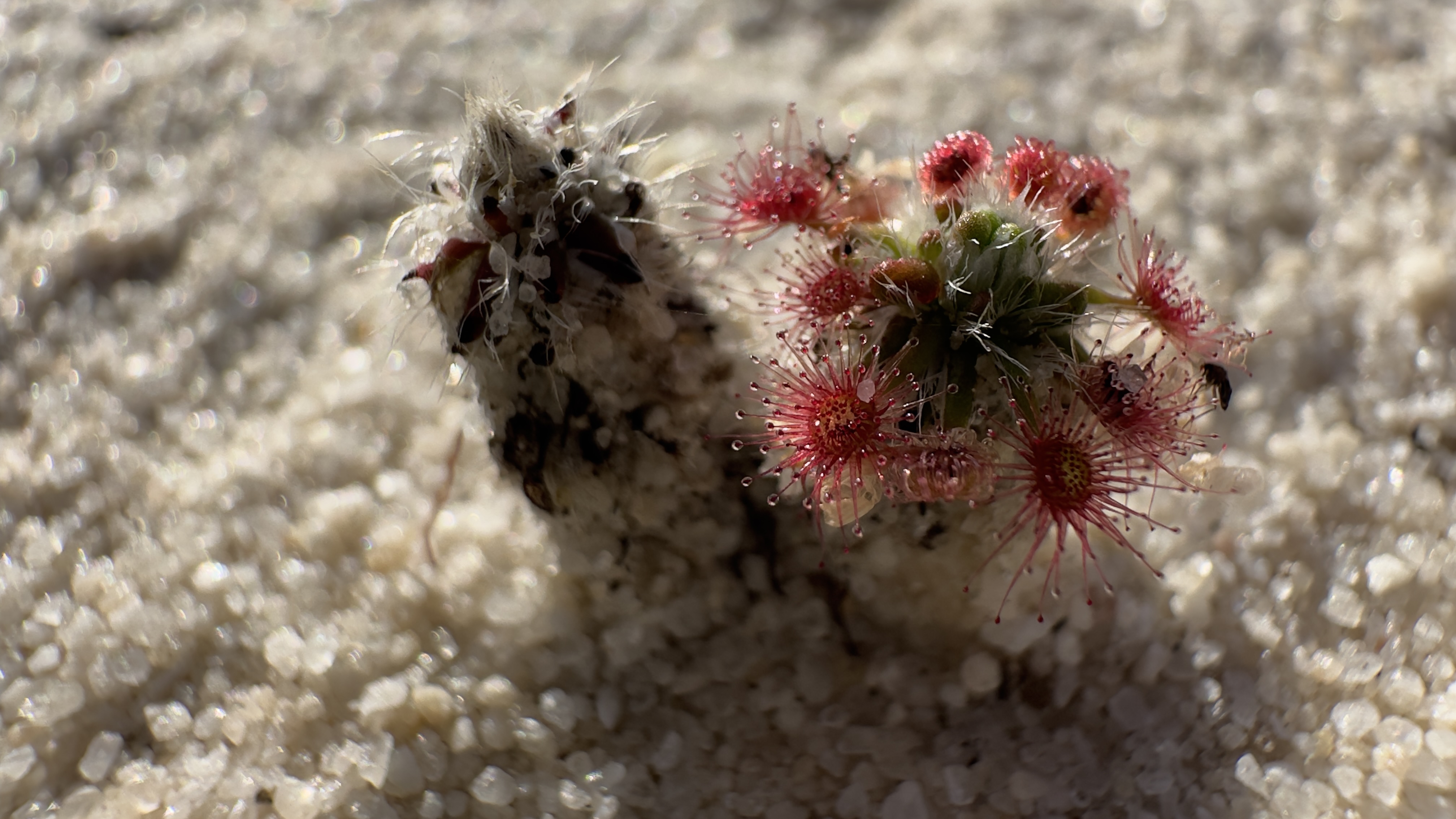
Drosera eneabba, a pygmy sundew, is a carnivorous plant endemic to the Eneabba region (Dr. Robert Pal Photo)
"Australia is has the coolest projects out there, with some of the best results," Pal said.
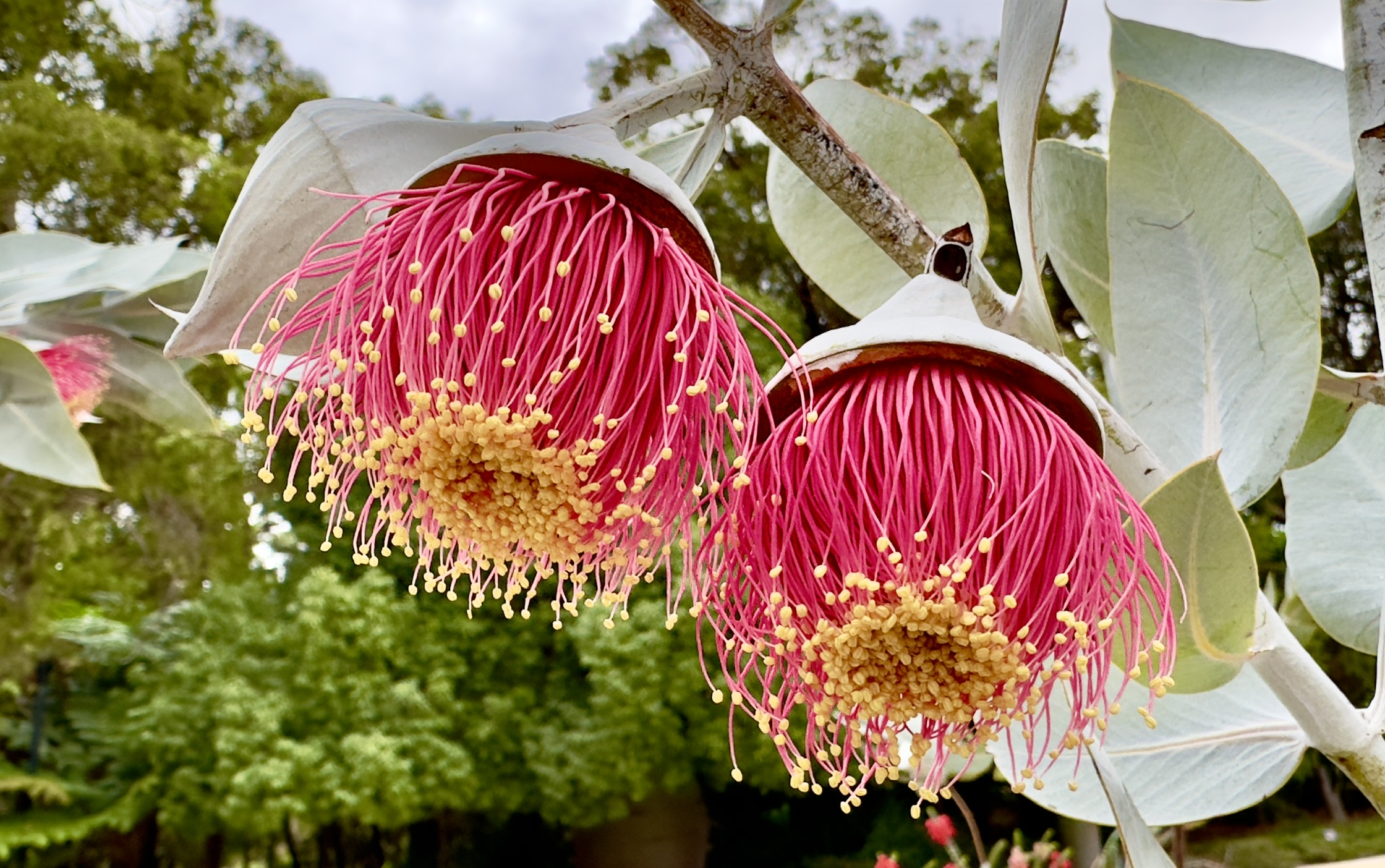
Eucalyptus macrocarpa, an endemic eucalypt species of Western Australia (Dr. Robert Pal Photo)
Pal also traveled to James Cook University in Queensland, where he was hosted by Dr. Daniel Montesinos to collaborate on invasive plant studies.
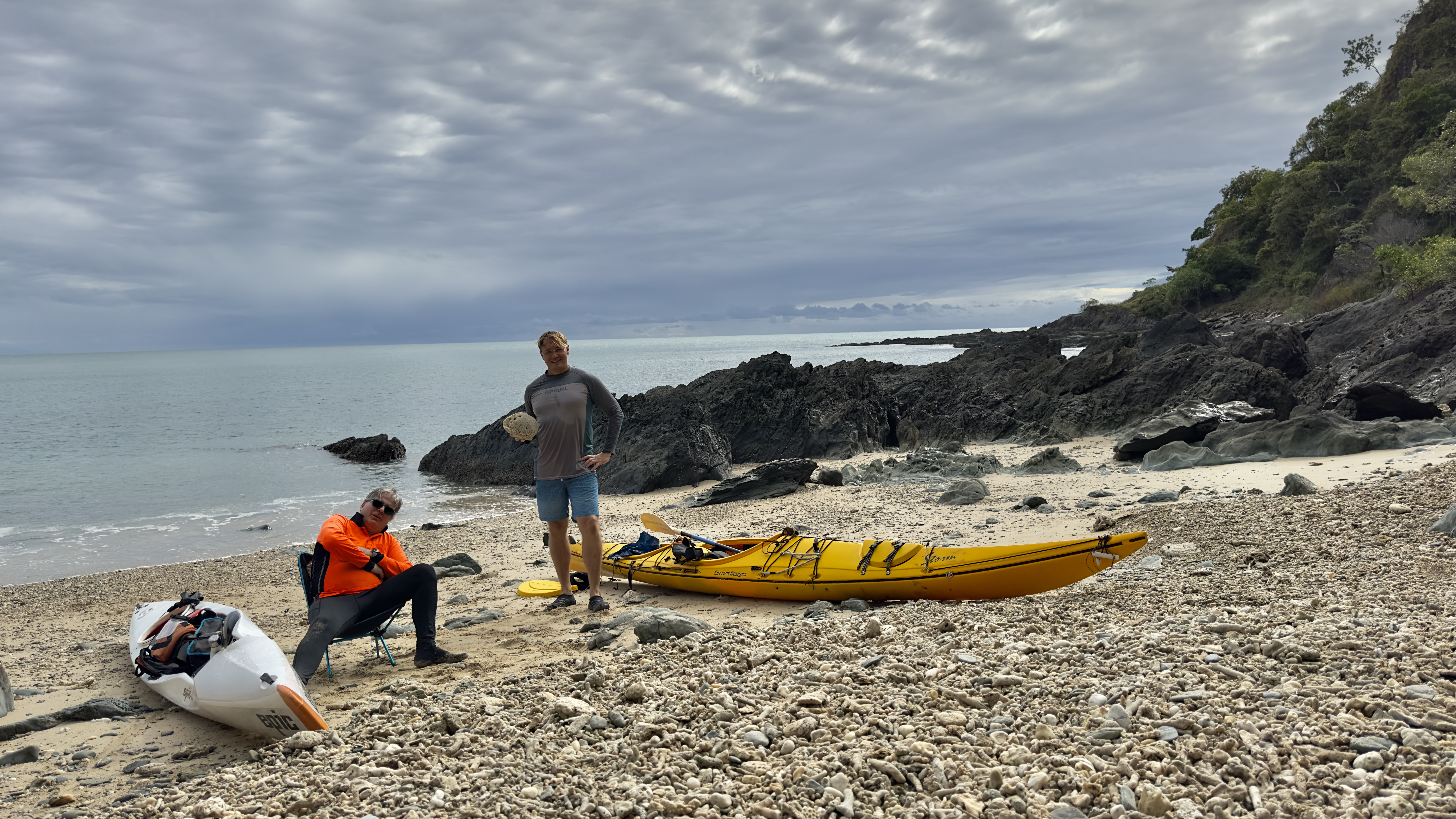
Dr. Pal and his collaborator, Dr. Daniel Montesinos (James Cook University), during a kayaking adventure to Double Island (Dr. Robert Pal Photo)
When he wasn't collaborating on research, Pal made the most of being in Australia. He explored the struggling Great Barrier Reef, visited the culturally significant Uluru, also known as Ayers Rock, rescued a koala bear from becoming road kill, and enjoyed watching, photographing, and interacting with unique Australian wildlife including adorable quokkas and sugar gliders.
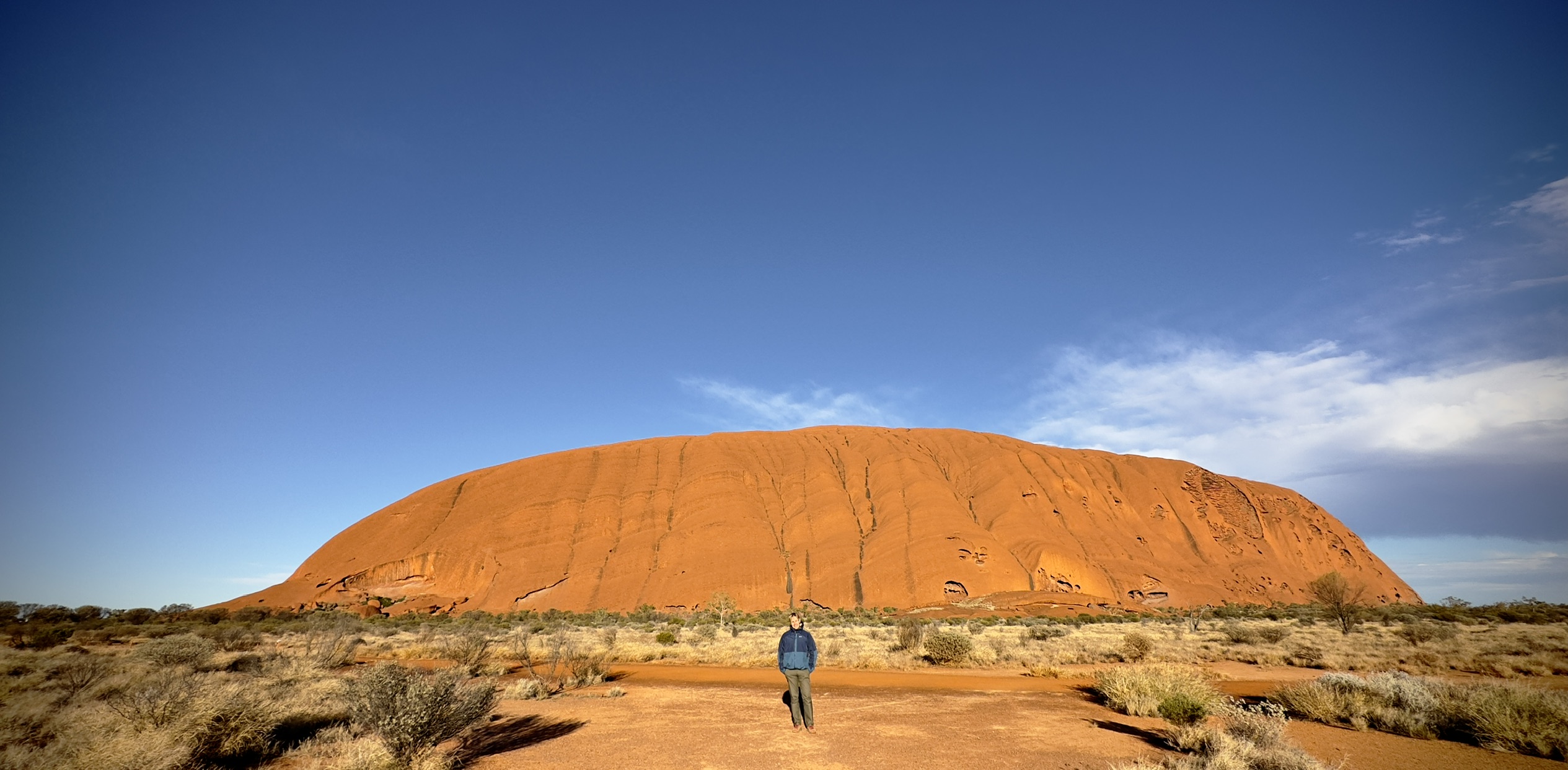
Dr. Robert Pal photographed in front of Uluru, or Ayers Rock (Agnes Mester photo)
Pal says his year abroad gave him new expertise to make him a better professor and researcher back at Montana Tech.
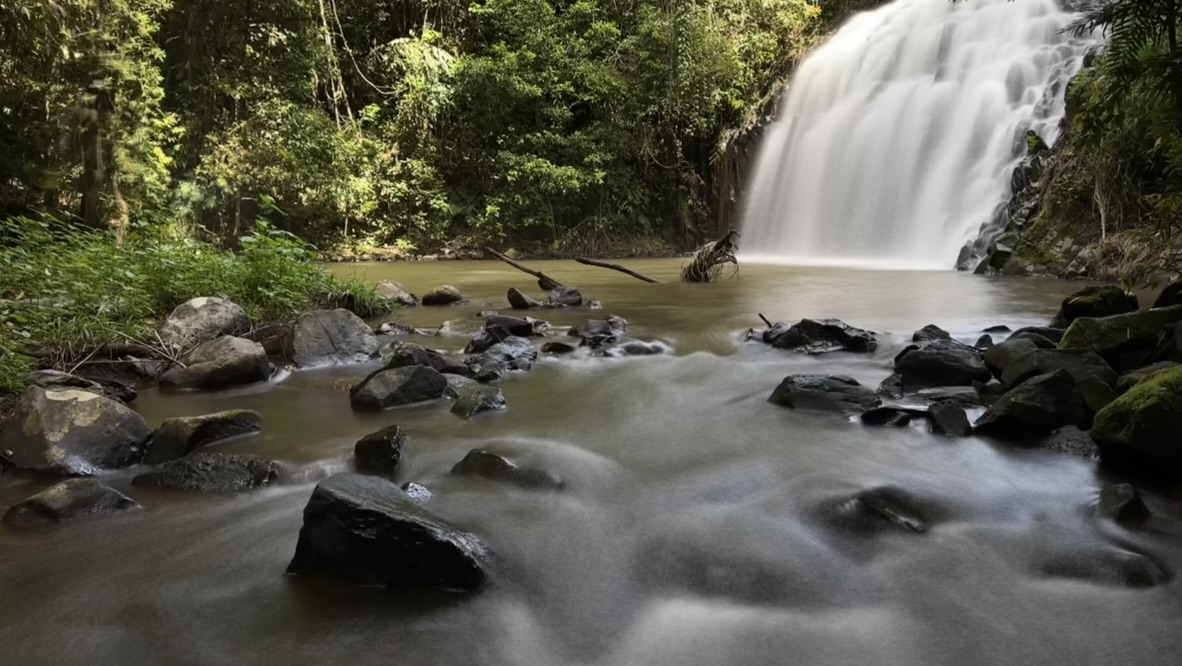
A breathtaking waterfall on the Tablelands in tropical Queensland (Dr. Robert Pal Photo)
"After having a year out there, it was hard to come back to teaching mode," Pal said. "Everyone always asks 'what was the best place?' I was sad to leave any place. It is also always good to come back to Montana and see the world differently. If you go out there, you see things differently for sure, and you see we can be better in a lot of ways."
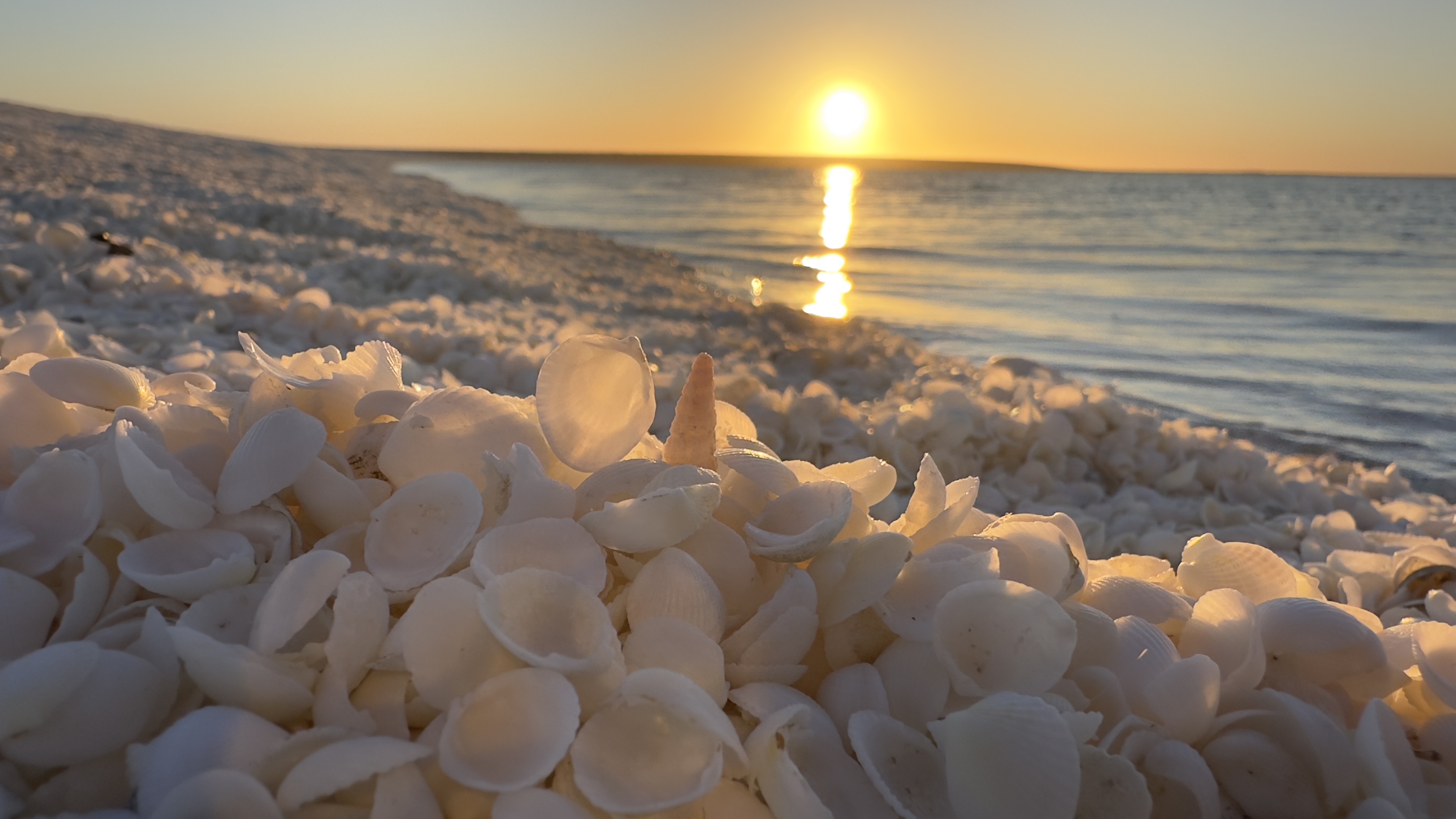
The shores of Shell Beach in Shark Bay are composed entirely of small shells (Dr. Robert Pal Photo)
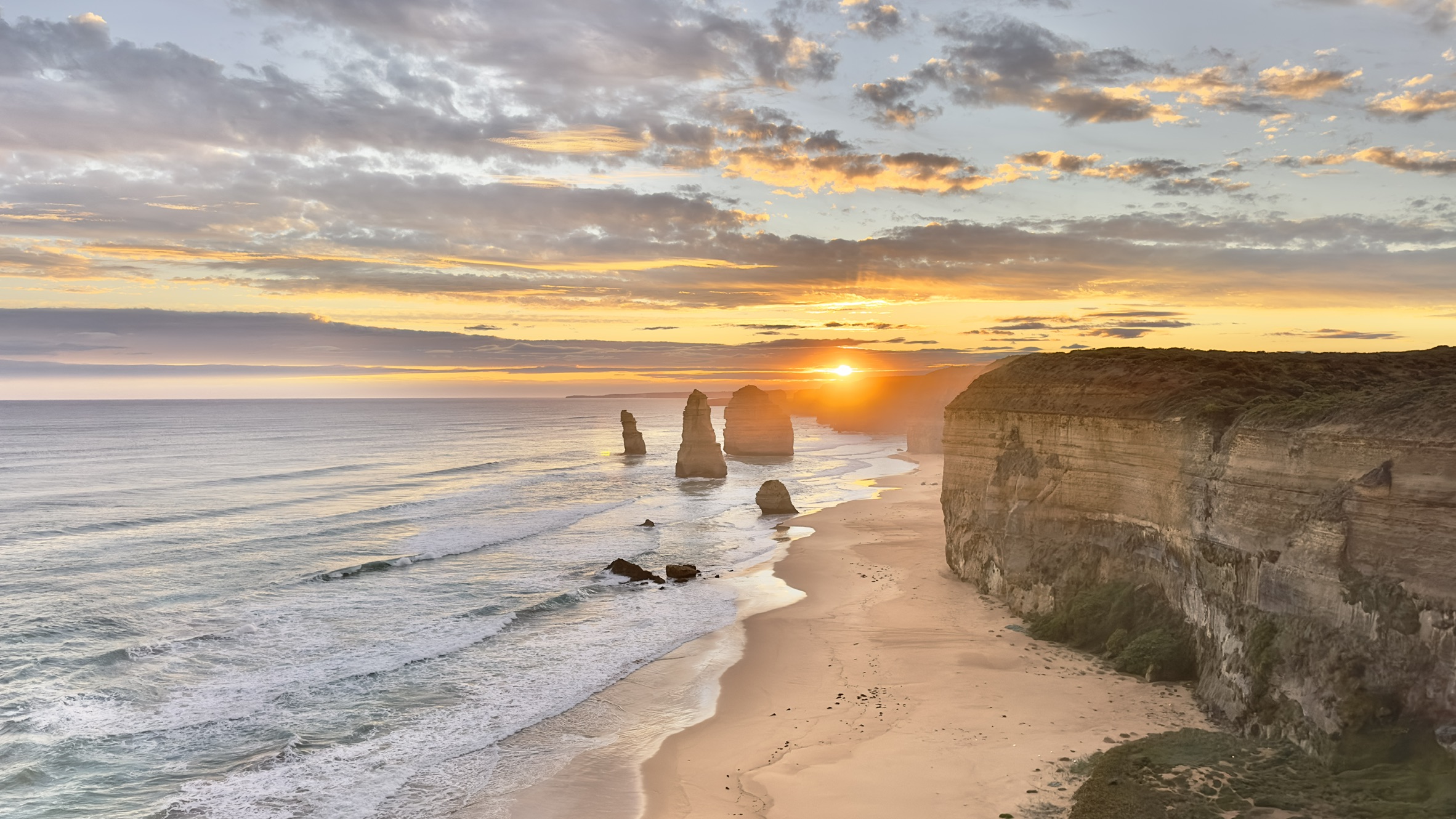
The Twelve Apostles along the Great Ocean Road in Victoria (Dr. Robert Pal Photo)